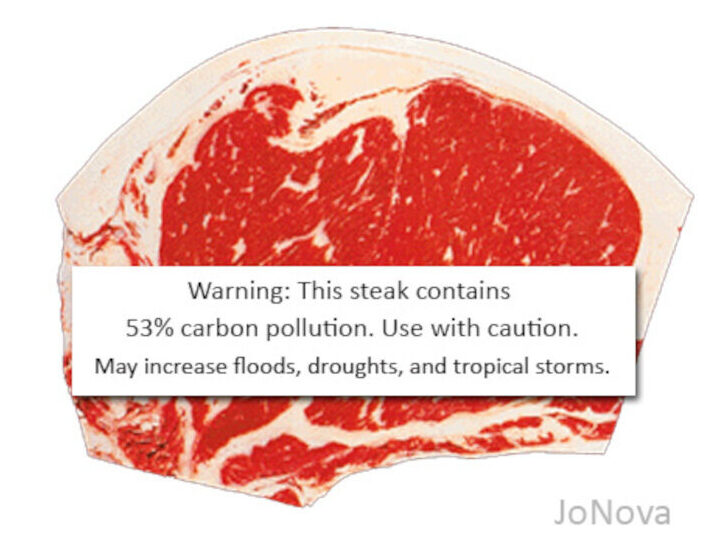By Weixin Zha • 3 Oct 2022
FASHION
Kanye West makes his debut at Balenciaga.
Designer Demna Gvasalia's Balenciaga show in Paris not only caught the attention of the fashion industry, but also the minds of the art world.
In the fashion world, the talk focused on musician Kanye West, who stormed the catwalk in a safety jacket to open the Spring/Summer 2023 show. Through a backdrop of mud and tar reminiscent of a coal mine or mass grave, more models walked with bags reminiscent of cuddly toys taken on the run. This was accompanied by sombre techno tones, with echoes of funeral marches.
Even though Balenciaga's creative director Gvasalia did not mention the war in Ukraine in his remarks on the fashion show, the association was obvious after his fashion show last season. Back then, in early March, just two weeks after Russia invaded Ukraine, models walked the Balenciaga catwalk in a snowstorm and Gvasalia also addressed his own experiences of war and displacement.
No to escapism
Gvasalia wants the muddy backdrop and show to be a metaphor for "digging for truth and groundedness". In addition to apocalyptic associations, the show was again about dress codes and identity. "I hate pigeonholes and labels," Gvasalia said in the explanations.
For example, he brought the image of men with baby bags (with dolls inside) to the catwalk. Silhouettes alternated between fiercely fitted hoodies and extremely short trousers, floor-length coats and pleated dresses with capes, looks somewhere between Matrix and high priestesses of a dark cult. Models trudged through the mud in clunky clogs, point-toe pumps and platform boots. Accessories such as sinuous, floor-length scarves and wide girdles stood out.
Some in the fashion world, such as Vogue editors, thanked Gvasalia in their reviews for continuing to address the heavy but timely topic, while other fashion houses are happily indulging in escapism this season. They spread optimism with bright, bright colours, while Balenciaga's palette was sombre - with black, red and earthy colours.
"Sell perfume and handbags, not war."
The art world was already taking a more critical view of the show. Their attention was drawn to Balenciaga by the fact that the maker of the set was Santiago Sierra - a fact to which the fashion industry paid comparatively little attention. The artist addresses social injustice and exploitation in his work, so at first glance it is surprising that he cooperates with a French luxury fashion house like Balenciaga.
"Sell perfume and handbags, not war. That's not much consolation for the Ukrainians:inside, nor for the citizens:inside Russia. This smells of exploitation," writes artist Maggie Mcgrath in a comment under an Instagram post by curator Klaus Biesenbach. This sparked a lively debate about the extent to which a luxury fashion house can make radical statements or address such serious issues as war.
"So he's selling $5,000 clothes because he's touched by Ukraine?" asks artist Thaddeus Strode. "They'll even sell you our own demise as long as it's marketed as a luxury," another Instagram user replies. "A dystopian landscape with comfortable seats," artist Stephen Ormandy titles Balenciaga's show.
Commerce, luxury and art
Indeed, Gvasalia likes to play with the categories of commerce and luxury. Notoriously famous is his bag for the label Vetements, which took up the design of the far cheaper Ikea shopping bag. Most recently, a worn-out sneaker at luxury prices caused controversy. This time, too, the fashion designer stays true to his theme and asks to what extent clothes smeared with mud can be luxury.
And here, somewhere between "industry, consumption, money" and the repetitive trends of fashion, lies a contradiction, as curator Maylin Pérez notes in the debate on Instagram. This makes the phenomenon of Balenciaga under Gvasalia exciting not only for the art world. In her video installation 'Mission Accomplished: Belanciege', artist Hito Steyerl, together with Miloš Trakilović and Giorgi Gago Gagoshidze, used the example of Balenciaga to examine the political and social upheavals of the past 30 years, starting with the fall of the Berlin Wall. After all, fashion and politics revolve around identities in cycles.
At second glance, the cooperation between Gvasalia and Sierra does not seem so surprising after all: both deal with the phenomena of capitalism, like to go to extremes and provoke. To draw attention to precarious working conditions, Sierra did just that, hiring workers to toil in a museum. Balenciaga presented its collection on the New York Stock Exchange, bringing the hypes in fashion to the stock market.
There are other parallels too: Sierra described his work as an artist in museums as that of "an interior designer or an organiser of exclusive events for the cultural elite." Fashion shows could be seen in a similar way.

 www.sott.net
www.sott.net


 - I mean after reading this:
- I mean after reading this: